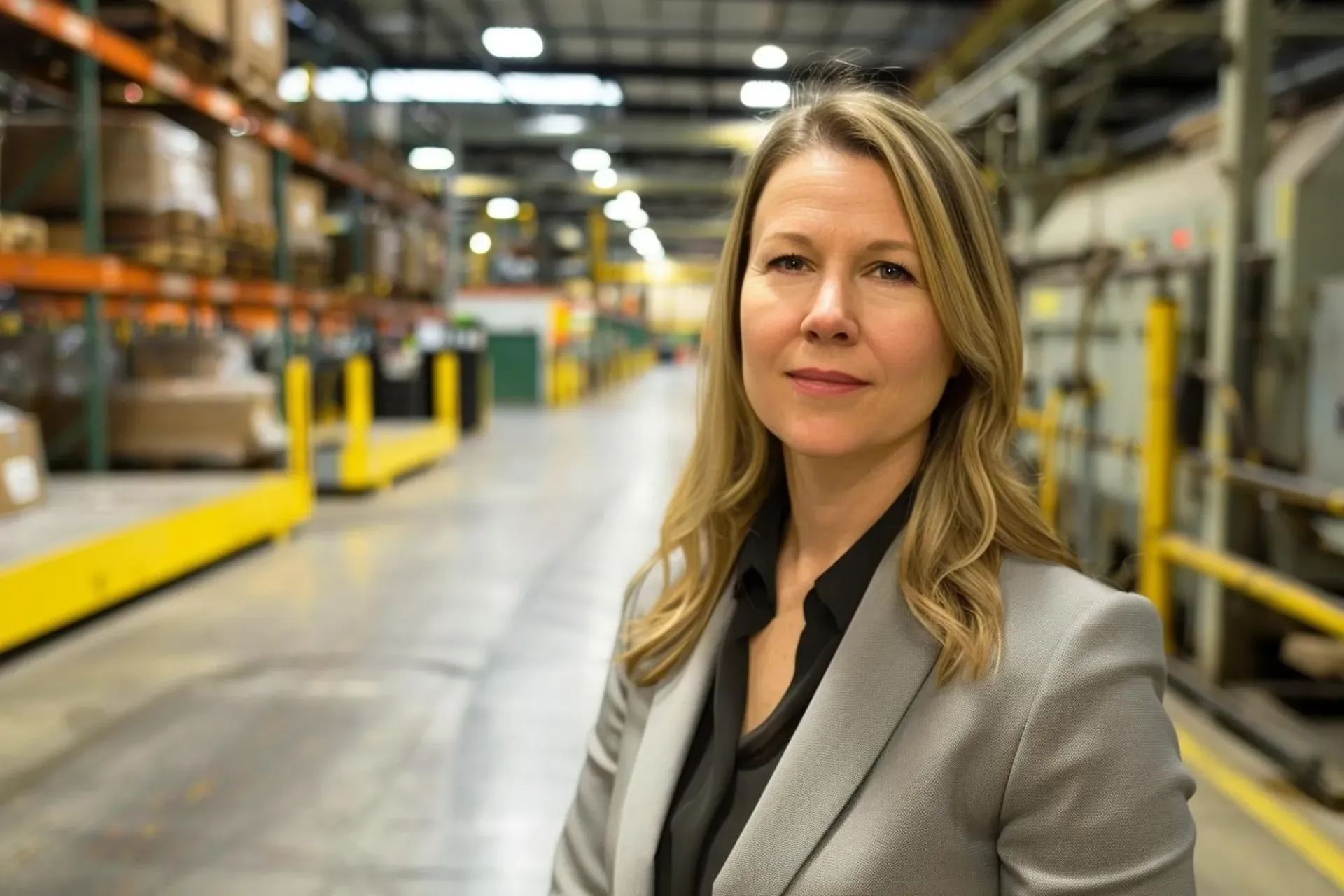Despite risk management dominating many board agendas, Australian companies have repeatedly proven unprepared for recent shocks such as the COVID-19 pandemic, supply chain disruptions, labour shortages, the Great Resignation and cybersecurity events.
A 2021 EY survey of more than 500 global board members revealed that risk management today typically lacks focus on emerging and atypical risks, is not always aligned with business strategy and is too entrenched in the here and now.
The result? Disruptions to supply chains lost revenue and reputational damage as a result of cyber-attacks have become commonplace for Australian companies. More than half of respondents said they had experienced one or more of these risks in their last three years of operation.
The same EY survey found that boards are failing to focus on strategic issues such as transformation planning because they are too bogged down in the minutiae of financial reporting and traditional risk and compliance: 43% of board members spend the most time on financial reporting, but only 18% think this is important.
With greater regulatory enforcement of board requirements around fiduciary duties, balancing the necessary risk and compliance tasks with a focus on emerging risks, and challenges of tomorrow is becoming increasingly burdensome for boards.
Risk management is under pressure to evolve as a result of a shifting landscape and changing stakeholder expectations – it’s time for boards to rethink their appetite and approach to risk.
How can boards free themselves to focus on the big picture?
Revamp board composition
One way that boards can gain greater perspective on emerging risks is to review their current skills gaps and objectively ask themselves whether the current board composition is adequately equipped to cope with future and atypical risks.
While we are not advocating a radical overhaul of the board immediately, we see value in boards seeking out a broader range of perspectives by engaging with external subject matter experts, considering broader talent pools from different industries and less conventional backgrounds in addition to regularly engaging in programs such as reverse mentoring.
By developing a diverse pipeline of leaders for succession planning purposes, boards can expand their horizons when it comes to thinking strategically about emerging risks.
Boards should consider new directors who:
• Understand emerging risks
• Have expertise in complex technology platforms used by the organisation
• Know the issues and best practices in the company’s industry or parallel industries
• Make the board more diverse
• Have a good understanding of digital transformations and the underlying value proposition
• Can communicate the strengths, weaknesses, opportunities, and threats posed by management's proposed strategic approaches and tactical implementation plans
Promote greater diversity at board level
In spite of the almost daily debate about diversity in the global media, it seems boards are not convinced that evaluating board composition and augmenting skill sets would improve risk management oversight.
Only 30% of boards believe this would be effective, according to a survey from Ernst & Young. And only 6% of C-suite executives anticipate significant changes in leadership within the next 12 months, according to their
Capital Confidence Barometer.
64% of boards say their organisations can effectively manage traditional risks including changes in regulation, drops in demand and increased borrowing costs.
Yet only
39% say their organisations can effectively manage atypical and emerging risks--such as threats associated with new technology, cybersecurity, the impact of climate emergencies--or internal risks.
This disconnect suggests that boards continue to remain stifled by short-term thinking and the priorities associated with traditional risks. Increasingly, it is critical to consider a longer time horizon when assessing strategy and risk – ideally more than five years – especially where emerging and atypical risks are concerned.
In today’s rapidly evolving business environment, ‘Big Picture’ thinking not only in terms of risk management but also in board composition is an essential element of effectively navigating future risks.
The biggest risk for organisations is not taking risks. In order to echo the customers, employees, stakeholders and communities they serve, boards must design their current and future composition to include a diverse perspective in the boardroom. Without this diversity, boards are unlikely to be as effective and therefore competitive going forward.
For example,
Research shows that female representation on boards can be linked to better financial performance and better
climate governance and innovation. By adding greater diversity to board compositions, boards can enhance the technical skillsets that are relevant to their unique operating environment and onboard individuals with greater soft skills such as collaboration, creativity and constructive challenge to unlock untapped thinking.
Leverage Technology
Boards should also look beyond their composition and structure to focus on how they can free themselves for more focused and strategic discussions that will lead to better decision-making.
One way boards can achieve this is by limiting the time spent on routine and administrative tasks. Technology – and artificial intelligence in particular – can be very helpful in reading, reviewing and validating financial reporting.
Equally, analysing large volumes of data over time using artificial intelligence can quickly establish trends and patterns that would have taken years to uncover due to the scope and speed of improvements that AI brings.
For example, The Royal Commission into Misconduct in the Banking, Superannuation and Financial Services Industry found that banks had failed to put customers first. A culture that puts customers first is critical for long-term success in a competitive market.
Directors need to ensure that their organisations are competitive and ethical in their use of data. Large-scale data and AI usage is frequently the differentiator between thriving companies, which use these technologies to understand their customers and those that are failing to meet industry standards or not competing effectively.
However, fewer than
one in five boards say their organisation is highly effective at leveraging data and technology or delivering timely, insight-driven reporting to the board.
What boards can do:
- Put customer data on the agenda: Formally discuss how your company uses data, analytics and AI to win in a world where these technologies are growing in importance.
- Assess skill levels and cultural barriers to data-driven decision-making: Which skills are needed?
- Benchmark how you use customer data: How does your organisation stack up with competitors when it comes to leveraging data and artificial intelligence to mitigate risk?
- Seek expertise: Take advice on Data use and how this relatively new and complex tool can be used to help expedite better decision-making and risk management.
Naturally, boards must ensure that any data or
AI strategy is embedded in their enterprise strategy. And that means ensuring that there is robust governance over the ethical use of AI, so that it doesn't lead to unintentional bias and discrimination in order to
build trust in AI and mitigate reputational risk.
Creating a culture and operating environment where customer signals can be identified, analysed and integrated into automated decision-making processes is the governance challenge of our times. Boards that are good at learning this will see exponential returns.
Embed purpose in governance and strategy
While there are significant threats today, the opportunities for strategic success are even greater. Technology disruption and sizeable shifts in customer expectations present significant risks for organisations but at the same stroke offer strategic opportunities for boards.
Stakeholders expect companies to drive societal impact, environmental sustainability, and inclusive growth. And 78% of respondents believe that a focus on sustainable and inclusive growth has been critical to building trust with stakeholders in today's uncertain times.
In today's rapidly changing business environment, organisations need to be able to adapt at a moment's notice. In order to do so, they must have a clear sense of their purpose and how it aligns with their strategy. This can help board members guide their companies through disruptive times and seize transformational opportunities.
One way to align your organisation's culture with its purpose is to consider compensation plans that reward board members, executives, and employees based on their progress in delivering long-term value to stakeholders in line with the business's purpose-led strategy. This can help build a culture that is more deeply aligned with organisational purpose
Questions for boards to consider:
- Have you developed an active dialog with executive management about the role of artificial intelligence in reviewing and validating data to uncover insights into enterprise risks and opportunities?
- Are you aware of the mechanisms and processes in place to ensure diversity is a key consideration or design principle when appointing new board members?
- Do you have confidence that the purpose of your organisation, its board and individual directors is clear, understood and put into practice?
At ELR Executive we have over 20 years experience, ensuring we identify the right leadership talent for our clients boardrooms. If you'd like to learn more about how we can help you hire the right leadership talent, who can navigate your business forward, securing its competitive advantage to thrive in new markets, speak to us today.


